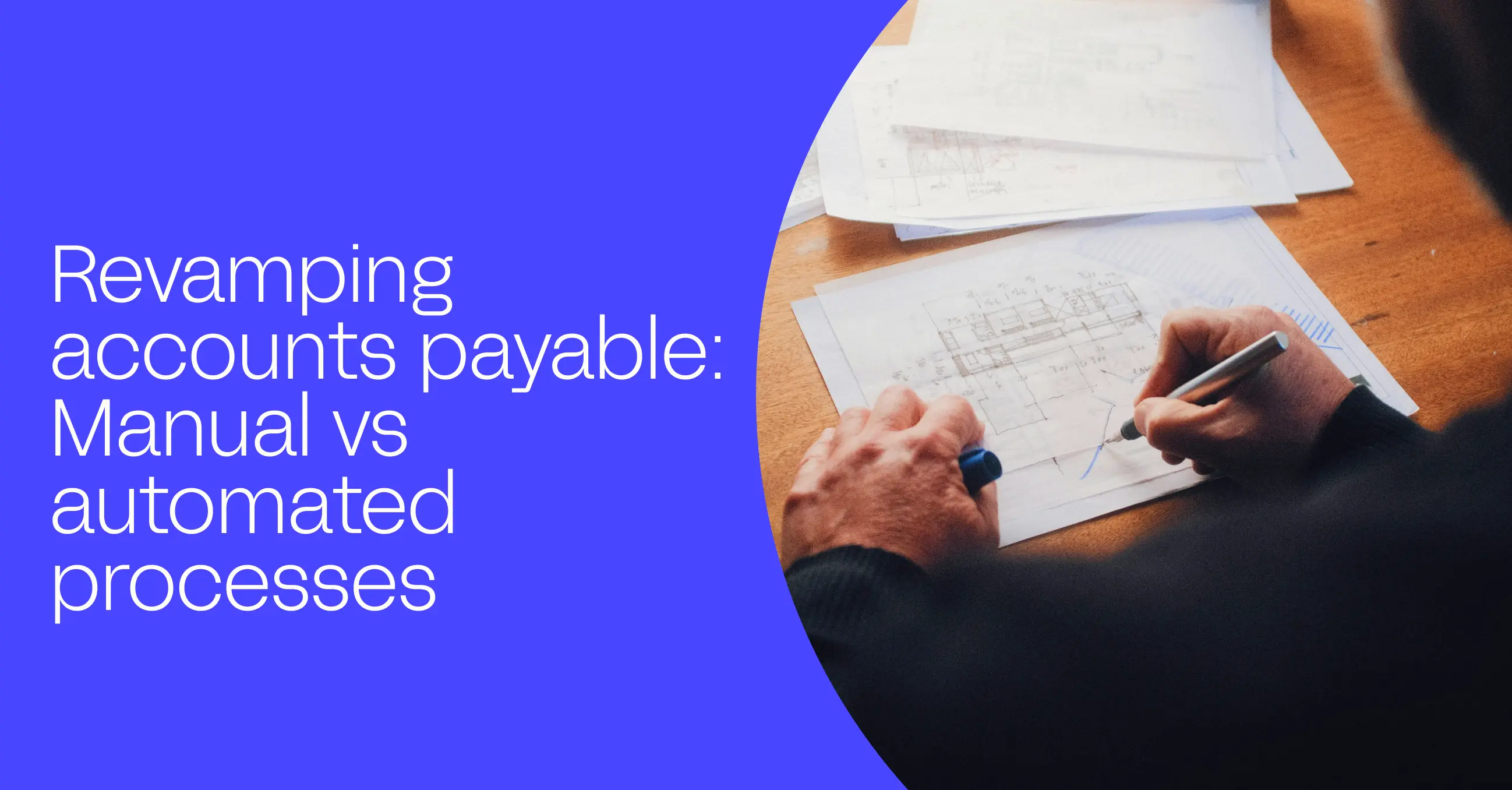How do I pay my freelancers?
Jo McCann
| May 24th, 2021
If you have been thinking about hiring a freelancer or independent contractor, get to know what those terms mean and what responsibilities and options exist for you.
Hiring a freelancer or independent contractor for a specialized business need is an excellent option for companies that desire specification and without overloading employees. Freelance designers can be hired to revamp a website in time for a new product line. Independent contractors will pack up, break down, and reassemble warehouse shelving when a business moves. If you have been thinking about hiring a freelancer or independent contractor, get to know what those terms mean and what responsibilities and options exist for you.
Worker classifications and tax implications
What is a freelancer or independent contractor?
In 2020, 41% of American workforce was freelancing and the appeal of self employment continues to grow in 2021 with benefits like flexible schedules, work-from-anywhere opportunities, earning extra money, and project selection. As more businesses turn to remote or hybrid work environments in post-COVID world, it’s fair to say that freelancing isn’t going anywhere. In 2020, self employed workers contributed $1.2 trillion to the US economy making up 5.7% of the US GDP.
Somewhat interchangeable, the terms freelancer and independent contractor typically refer to a third-party person hired by a business to complete a series of tasks or a longer project that is adjacent to the principal business of the company. Freelancers represent an independent, small business, usually consisting of just one person who is working as a sole proprietor and has no employees. Similarly, an independent contractor can be a sole proprietor hired to work on a project though the duration of that project tends to be longer than that of freelance work.
What is a W-2 contractor?
In some scenarios, an independent contractor could also refer to employees who are hired by a business for a specific task during a predetermined window of time. Some temp workers ultimately gain full time employment status with a business, but it is not the expectation for either the worker or business. Sometimes the “temp” worker or consultant files a W2 with their primary business, but is considered a contractor to the client that hires the agency. In other instances, temp workers are temporarily hired by the business who will deduct taxes and be treated closer to a regular employee. The determination for how payment is rendered to the temp worker is agreed upon upfront.
How are employees different?
What it really comes down to is the overall involvement of a business in the work of the person hired for how employee status is determined. While employees of a company are subject to defined work hours and company regulations with access to benefits, freelancers work independently with little oversight, can set their desired hours, and can complete the work in the manner of their choosing. Further, freelancers are responsible for filing their own taxes and independently creating retirement plans and healthcare options.
How to pay freelancers and independent contractors
Freelancers have desired compensation in mind when they submit a bid for work based on a few different factors like experience, market trends, workload, and timeline. Here are some things to keep in mind when reviewing a freelancer’s bid. Determine which of these options best fit the business need upfront before any work begins.
Reach an agreement on pay rates
The first element in paying independent contractors is to determine a rate for payment by looking at the workload that needs to be completed and in what time frame. A less experienced freelancer will charge a lower rate, but overall quality may differ from that of a more experienced person. A middle-of-the-road rate for a project could be impacted by a tighter deadline. Other factors that a freelancer may point to for a rate include: industry accepted guild rates, complexity of a project, and longevity of contract.
Hourly vs. project-based
Hourly rates are determined by the amount of time it takes to complete a project. Hourly rates are best applied to projects that have specific windows of work or when the hiring business has more visibility of the timeline. For example, temp workers hired to check-in attendees to a fundraising event will be paid hourly due to the definite time frame of the event.
Project-based rates are the total projected cost of a project, beginning to end. This rate is best used for open-ended projects where the amount of time spent to complete the project is subjective. For example, hiring a marketing consultant to create a branding package for a new product line. The amount of time it takes that marketing consultant to complete the project will be based on their familiarity of the industry and experience level. Creating a project-based rate helps to minimize extraneous logged hours. This doesn’t mean that contracts on a project-based rate don’t have a deadline. It just means that the value of the project is predetermined; the amount of time it takes the contractor to complete the work is to their discretion.
While most freelancers will fall into one category or the other, some may prefer a hybrid of the two rate structures. In this scenario, the contractor will have a base-rate for the initial project agreement, but will bill an hourly rate for additional requests. Alternatively, some contractors have different rates for different types of work. For example, an independent contractor hired to manage vendors in a large festival can bill a lower rate for pre-production work for 60-90 days leading up to the event, and then bill a premium rate for activation days when the workload and demand are at their highest.
When to pay freelancers and independent contractors
Freelancers rely on timely payments for cash flow to keep their business moving and growing. For this reason, both the freelancer and hiring entity should create a structured timeline for payment.
Time-based vs. milestone-based
For contracts that include smaller, redundant tasks or projects that have definitive timelines, time-based payments are a good solution. For example an artist hired to paint a mural in a new office space can ask to have a percentage of the total project cost to begin the work, with the remainder due at the completion. Additionally, an independent contractor who creates social media engagement content multiple times a day may invoice monthly with each line item reflecting the smaller pieces of the full month’s work.
Another option for freelancer payment frequency is milestone-based. This type of payment structure is best for longer, open-ended projects spanning months or even years. To ensure visibility and accountability for the work of the freelancer, the contract will set benchmarks for completion throughout the project. In it’s own way, this type of model creates definitive deadlines while allowing for longer lead times for fulfillment. For example, hiring a contractor to migrate a company to a new CRM system would consist of checkpoints along the process. The transition would include R&D, data accumulation, staff training, implementation, launching, and then quality assurance once the system was fully adopted. Completion of each check point would trigger payment that was agreed to in the written contract.
Collect a W-9 form
An important and often overlooked step when hiring a freelancer is requesting a completed form W-9 in the onboarding process. The W-9 form includes federally identifying information: a Taxpayer Identification Number (TIN)—or Universal Business Identification number (UBI)— assigned to a sole proprietor, but can also be a social security number. Other information on the form includes: the business name, the business address, the type of business (sole-proprietor, LLC, etc.), and certification of information. Read more about how and when to ask for a W-9 Form here.
Legal implications
Minimum wage and other labor laws might not apply
Gig work—another term for freelancers and independent contractors—is a hot ticket item right now as app-based workers seek to ensure sustainable wages, healthcare, and unionization rights. These discussions point to how best to define what is meant by the term “employee” with the biggest question being how integral to overall profitability is the performance of a gig worker. Legislation in the US congress will seek to determine and enforce these definitions.
For now, minimum wage and labor laws do not apply to freelance and independent contractors. This can be a challenge for freelancers, but strategically written contracts and negotiation can ensure protections and expectations in most instances. Best practice would be to work with your pool of contractors to create an environment that is sustainable for both the business and the freelancer. Most independent contractors are doing work they enjoy and are passionate about, and agreeing to a sustainable and fair rate and payment terms will result in high quality, consistent outcomes.
Don't withhold payroll taxes
Simply put, do not withhold employer taxes from the contractor's pay. Sole proprietor business owners are responsible for filing their own self-employment tax and income taxes. They are responsible for paying into Social Security and Medicare when they file taxes throughout the year. They are estimated quarterly and reconciled at the end of the year when 1099-NEC forms are filed with the IRS.
Sending a 1099-MISC (1099-NEC) by January 31
If your business has worked with contractors throughout the year, you are legally required to provide tax documentation to the contractor no later than January 31st and to the IRS no later than February 28th. As of the 2020 tax season, this form was updated from the 1099-Misc to the 1099-NEC for payments made to self-employed individuals. A freelancer collects each of these documents from their clients and uses them to file taxes. Unlike employees who have taxes withheld each pay period, self-employed individuals must determine what they owe and make those payments, usually quarterly, directly to the IRS. Failure to send a 1099-NEC to a contractor or to the IRS will result in fines.
Backup withholding when there's no SSN or TIN
To ensure that self-employed individuals are accurately reporting earnings, the IRS may send a business who is making payments to non-employee a “B” notice. This is an indication that the tax identification number (TIN) or social security number (SSN) for the non-employee is missing. If this happens, the business should first send a notice to the individual to provide an updated W-9 form. If the number continues to be unverified by the IRS, the business is required to withhold 24% of payments made to the self-employed individual. This amount is recorded on the 1099-NEC form.
Payment methods
There are many ways to pay your freelancer for their work. Each method has its own benefits and drawbacks.
Checks
Checks are still an important payment method. Checks offer oversight and control for payment processing and can be used for large amounts that other payment options cannot accommodate. Accepting check payments doesn’t require a bank account and is specific to the payee helping to minimize fraud. However, checks take much longer to receive and process than other methods, sometimes 7-10 business days from the time it is mailed to the time it is processed.
ACH transfers
To say that ACH payments are increasingly popular is putting it lightly. 1Q of 2021 shows a growth of ACH market value by more than 130% over Q1 of 2020. ACH is a fast, secure option for just about any B2B payment that supports direct deposit. Payments made using the Automated Clearing House batch at different intervals throughout the day, and are deposited directly into a payee’s account within a matter of days if not same-day.
Credit cards
Payments made with credit cards can be helpful when cash flow isn’t available when payment is due. Not every freelancer will be able to accept credit card payments, but online payment platforms help ease that burden. Credit card payments are subject to transaction fees which can result in a markup on project cost.
Wire transfers
With similar speed and security of ACH payments, wire transfers continue to be a beneficial payment method, especially for international B2B contracts. Further, wire transfers can be made with cash through services like Western Union. Processing fees are a drawback for wire transfers as they tend to occur both when initiated as well as by the receiving bank impacting the actual deposited amount.
Online payment systems
E-commerce payment processing platforms like Apple Pay and Google Pay are user friendly and fast. Most importantly, they provide encryption that protects sensitive financial information unlike other payment processing options that require verification of account and routing numbers, in addition to personal identification numbers before payment can be initiated.
Accounting software
Using accounting software to process payments is beneficial because it centralizes financial information: tracking AP and AR all in one place rather than over multiple platforms that potentially requires manual input to bring the information together for reconciliation. However, payment types available within accounting software may be limited to printed checks and wire transfers.
Freelancers are a vibrant group, a growing workforce, and could be the best solution for offsetting employee workload to complete projects. Whether you’re looking to staff an event, migrate to new software, improve social media engagements, or spruce up a new space with the help of a local artist, working with independent contractors can enrich your workforce without the costs and risks of hiring additional staff.
Speed up business payments with Routable
If your head is spinning a bit, we get it. That’s why Routable works directly with SMB to enterprise businesses to make B2B payments simple, secure, and reliable. Users enjoy the high-touch adoption customer support that Routable teams offer and contractors benefit from fast onboarding and faster payments. To learn more, schedule a demo with us.
Recommended Reading

Accounting
What is payment automation?
From fraud detection to reducing manual data entry, automation can help your team be more efficient and focus on much more crucial tasks than filing papers.

Accounting
Revamping accounts payable: Manual vs. automated processes
Learn how transitioning from manual to automated processes can revolutionize your Accounts Payable department while avoiding potential pitfalls.
